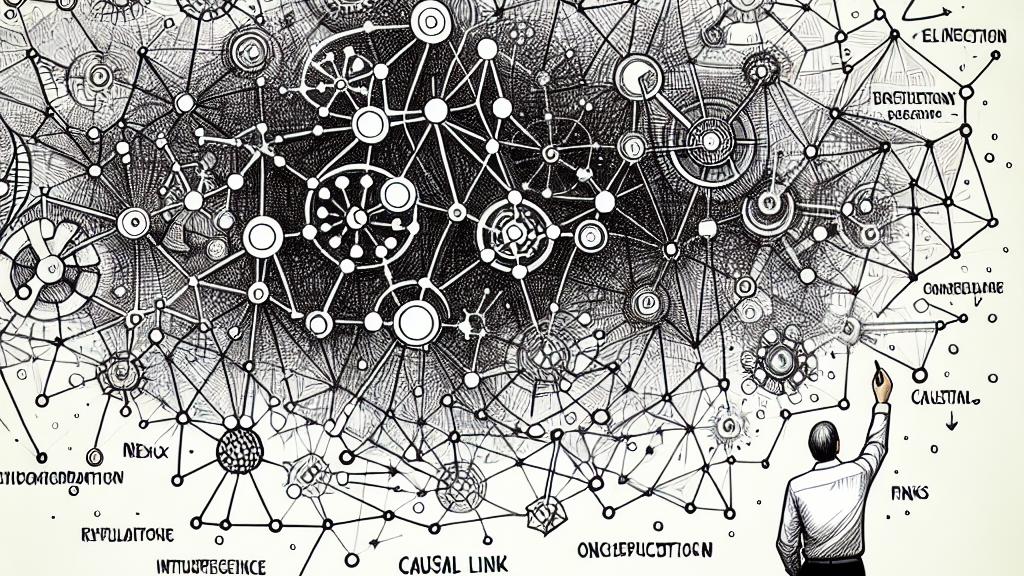Exploring HyperCausalLP: Transforming Causal Link Prediction
Overview
- HyperCausalLP is a groundbreaking approach that enhances causal link prediction accuracy.
- By integrating mediators, it captures the complexity of causal relationships.
- Extensive evaluation on the CLEVRER-Humans dataset showcases its impressive performance.

Introduction to HyperCausalLP
HyperCausalLP represents a dramatic leap forward in causal link prediction, introduced by the innovative minds of Utkarshani Jaimini, Cory Henson, and Amit Sheth. This new approach tackles the pervasive issues of incomplete causal networks, which often plague researchers. These networks suffer from missing links due to a myriad of reasons, including insufficient observational data and the inherent complexity of relationships. In the captivating realm of artificial intelligence and knowledge graphs, HyperCausalLP redefines how we perceive these missing links by conceptualizing them as a challenge of hyper-relational knowledge graph completion. This fresh perspective not only enriches our understanding but also provides robust methodologies for future applications.
The Essential Role of Mediator Links
A standout element of HyperCausalLP is its skillful incorporation of mediator links, which are crucial for enhancing causal link predictions. Consider a causal chain where A influences B, which subsequently affects C—here, B serves as a vital mediator. This relationship reveals not just direct connections but also intricate interactions. Traditional methods often ignore these mediators, leading to a loss in predictive accuracy. In contrast, HyperCausalLP excels by leveraging these mediating factors, improving its predictions significantly. The impressive evaluation on the CLEVRER-Humans dataset highlighted an average increase of 5.94% in mean reciprocal rank. Such remarkable results emphasize the importance of understanding these complex interconnections, showcasing HyperCausalLP's potential to provide deeper insights across various fields, from economics to health sciences.
Implications and Future Research Directions
The breakthroughs introduced by HyperCausalLP do more than just improve causal link prediction—they pave the way for a paradigm shift in how we interact with knowledge graphs and their practical applications. As the complexity of these graphs continues to evolve, the ability to exploit mediated relationships could transform numerous fields. For example, in healthcare, clarifying the relationships between symptoms, treatments, and patient outcomes could lead to vastly improved diagnostic tools and personalized medicine strategies. Furthermore, in the social sciences, gaining insights into the nuanced dynamics of human behavior can facilitate better policy-making. Looking ahead, it is essential for future research to delve into the adaptability of hyper-relational knowledge graph models in novel areas and their potential impacts on global challenges. By persistently addressing knowledge gaps and promoting innovative thought, HyperCausalLP can enhance decision-making processes and inspire future advancements in artificial intelligence.

Loading...